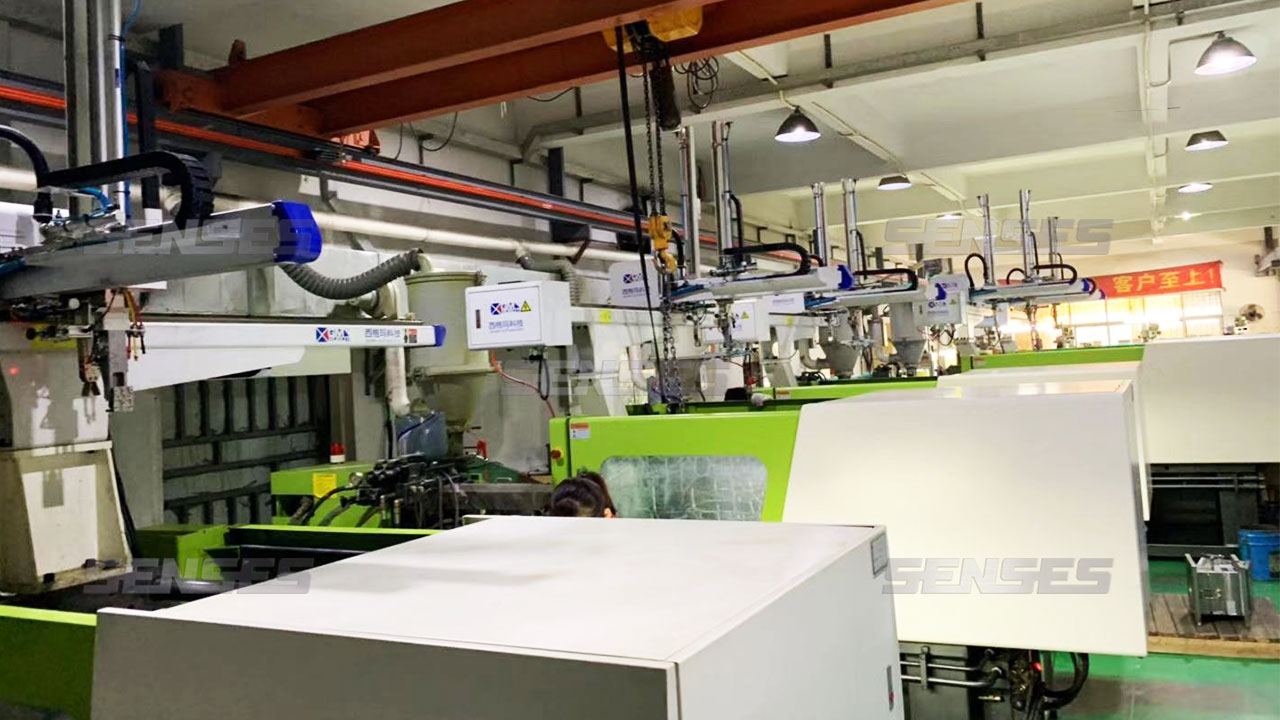Understanding injection molding costs is crucial for manufacturers to ensure profitability and optimal production. The expenses associated with injection molding can be affected by various factors, from part design to production volume.
1. Initial Investment vs. Mass Production
Injection molding is most cost-effective for mass production due to economies of scale. While the initial setup and machine costs can be high, the cost per unit diminishes significantly as production volume increases. Therefore, for larger quantities, injection molding offers competitive per-part costs.
2. Key Cost Factors in Injection Molding
Part Design:
- Size: Larger parts require more material and may need bigger machines and molds, driving up costs.
- Complexity: Complex designs necessitate intricate molds, which are more expensive to produce and may also increase cycle times.
- Optimization for Production (DFM): Optimizing designs for manufacturability can significantly reduce costs by minimizing production challenges and material wastage.
Mold Costs:
- Manufacturing Process: Methods like CNC machining are more expensive compared to 3D printing, especially for intricate designs.
- Material Selection: Steel molds are more durable and suitable for high-volume production but are more expensive than aluminum molds.
- Cavity Count: Single cavity molds are simpler but less efficient, while multi-cavity molds increase production rates but cost more initially.
- Material Costs: Thermoplastics, the primary material for injection molding, can vary in price. Opting for more common plastics like polypropylene can be more cost-effective than specialized materials like PEEK.
- Production Volume: High production volumes necessitate durable molds and machines, incurring a higher initial cost but reducing the per-part price.
Type of Molding Processes
The most straightforward method where molten plastic is directly injected into molds. It’s cost-effective and ideal for simple parts.
A step up in complexity, this involves integrating metal inserts into the mold before injecting plastic. It’s common in products like plastic components with embedded metal fasteners, offering enhanced strength.
Here, a primary plastic part is molded and then covered with another layer of plastic. It’s used in products like toothbrushes with soft grips.
3. Additional Cost Considerations
Equipment: Machines range from $10,000 to $200,000, depending on their size and sophistication. Many manufacturers outsource to avoid these hefty initial costs.
Labor: Includes setup, repairs, and operator costs. Even automated processes require skilled personnel for setup, monitoring, and maintenance.
Ancillary Services: Post-production processes like surface finishing, packaging, and inspection can add to the cost.
How To Reduce Injection Molding Costs?
Simplify Designs: Streamlined part designs lead to simpler, less expensive molds.
Material Selection: Choose cost-effective materials that meet the project’s requirements. Consider material reusability to further reduce costs.
Reduce Aesthetics: If aesthetics aren’t vital, consider eliminating cosmetic finishes to reduce costs.
Mold Reuse: Whenever possible, consider reusing molds for multiple projects or parts to spread out the initial investment.
Optimize Your Injection Molding Project with Competitive Quotes
Having delved into the intricacies of injection molding costs, one pressing query remains: What will my project’s injection molding cost be?
To get an accurate and cost-effective injection molding quote, the choice of manufacturer is pivotal. This is where Senses excels.
Why Choose Senses?
Versatility: Whether it’s low-volume or high-volume production, Senses caters to all your injection molding needs.
Material Diversity: From thermoplastics and thermoset silicones, the options are extensive.
Expertise: Enjoy premium services rendered by a stellar team of engineers equipped with cutting-edge technology, without breaking the bank.
Transparent Pricing: Receive a tailored quote from Senses, ensuring you only pay for what you need.
Don’t settle for less when it comes to your project. For both standard and complex projects, including insert or overmolding tasks, Senses is the solution. Reach out today for a competitive quote and let us bring your vision to life.
Conclusion
Injection molding, while offering cost advantages for large-scale production, does come with its set of expenses and considerations. By understanding the factors affecting its cost and applying best practices, manufacturers can achieve an optimal balance between quality, efficiency, and cost.





